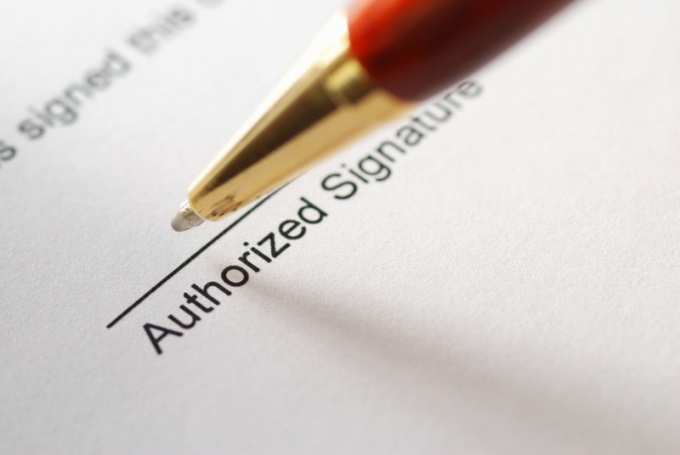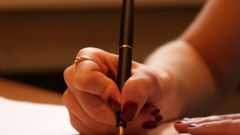The design of the letterhead is one of the primary tasks for the head of the company at the stage of its creation. The absence of such a form will not entail negative legal consequences, however, will not affect the interaction with contractors, who will not take seriously such an organization.
The form is an attribute of corporate identity, it is used for internal documents, external correspondence, contracts, reports, other documents. Often when making a letterhead trying to adhere to the accepted corporate style, so the colors, fonts and other features of this attribute are the same for options of business cards, envelopes, folders.
The letterhead includes a list of required and optional elements. So, one of the most important structural parts of the letterhead is a logo or other branding. In addition, the letterhead should contain the unit details of the organization, which shall include their contact details.
By the request unit details are also included Bank account information, however this is an additional element to the letterhead. In addition, the individual items on the letterhead are allocated for dates, registration number of the document, its name and a text box. The company name sometimes is listed separately, but most often it includes a logo or other branded company logo.
The particular location of the individual items on the letterhead are determined by the head of the company often depend on the corporate style and personal preferences. The logo is usually placed at the top left of the letterhead, and block details, align center, or transferred to the right side. Strict rules of location of elements on the letterhead are not available, but the structure is more familiar, more frequently used other modern companies.
The form printed on A4 pages, usually the printing is ordered in the printing, together with other corporate attributes (business cards, folders, calendars). This approach allows us to maintain a unified style, to create a positive impression about the company to potential clients and partners.
The form is an attribute of corporate identity, it is used for internal documents, external correspondence, contracts, reports, other documents. Often when making a letterhead trying to adhere to the accepted corporate style, so the colors, fonts and other features of this attribute are the same for options of business cards, envelopes, folders.
What is included in the letterhead?
The letterhead includes a list of required and optional elements. So, one of the most important structural parts of the letterhead is a logo or other branding. In addition, the letterhead should contain the unit details of the organization, which shall include their contact details.
By the request unit details are also included Bank account information, however this is an additional element to the letterhead. In addition, the individual items on the letterhead are allocated for dates, registration number of the document, its name and a text box. The company name sometimes is listed separately, but most often it includes a logo or other branded company logo.
Principles of arrangement of elements on the letterhead
The particular location of the individual items on the letterhead are determined by the head of the company often depend on the corporate style and personal preferences. The logo is usually placed at the top left of the letterhead, and block details, align center, or transferred to the right side. Strict rules of location of elements on the letterhead are not available, but the structure is more familiar, more frequently used other modern companies.
The form printed on A4 pages, usually the printing is ordered in the printing, together with other corporate attributes (business cards, folders, calendars). This approach allows us to maintain a unified style, to create a positive impression about the company to potential clients and partners.






